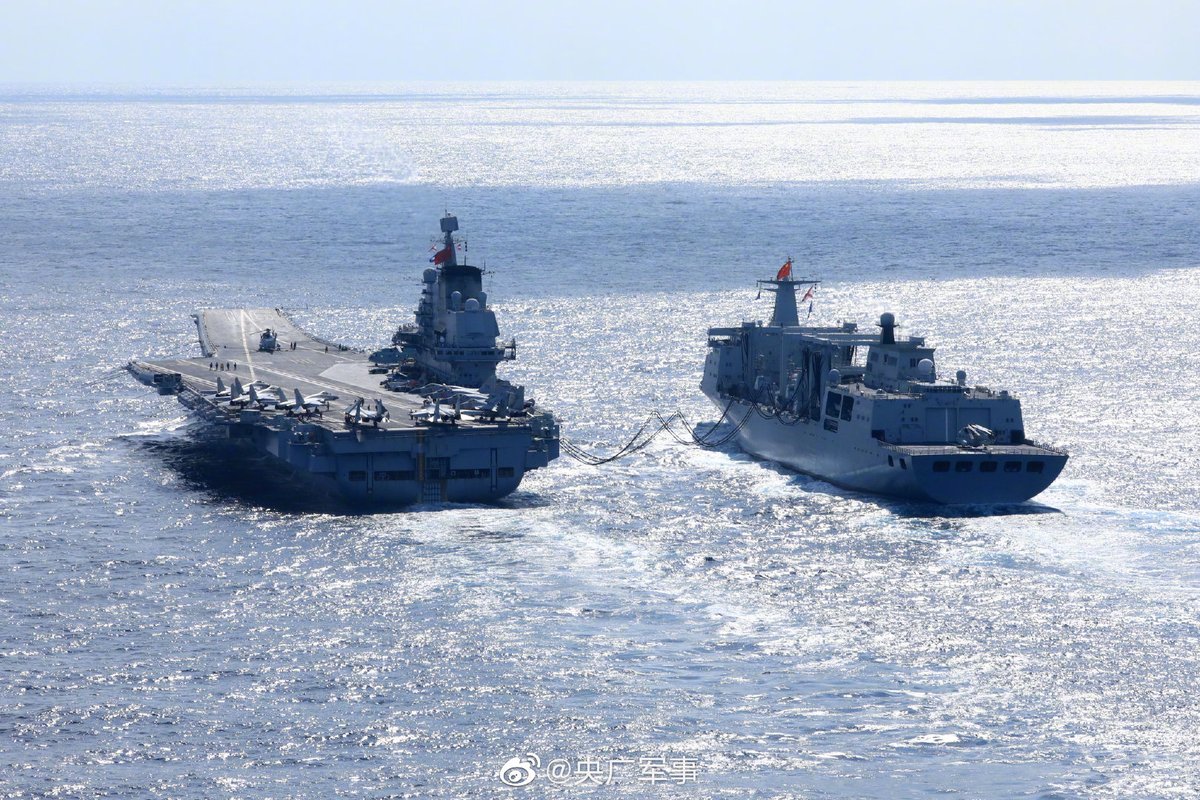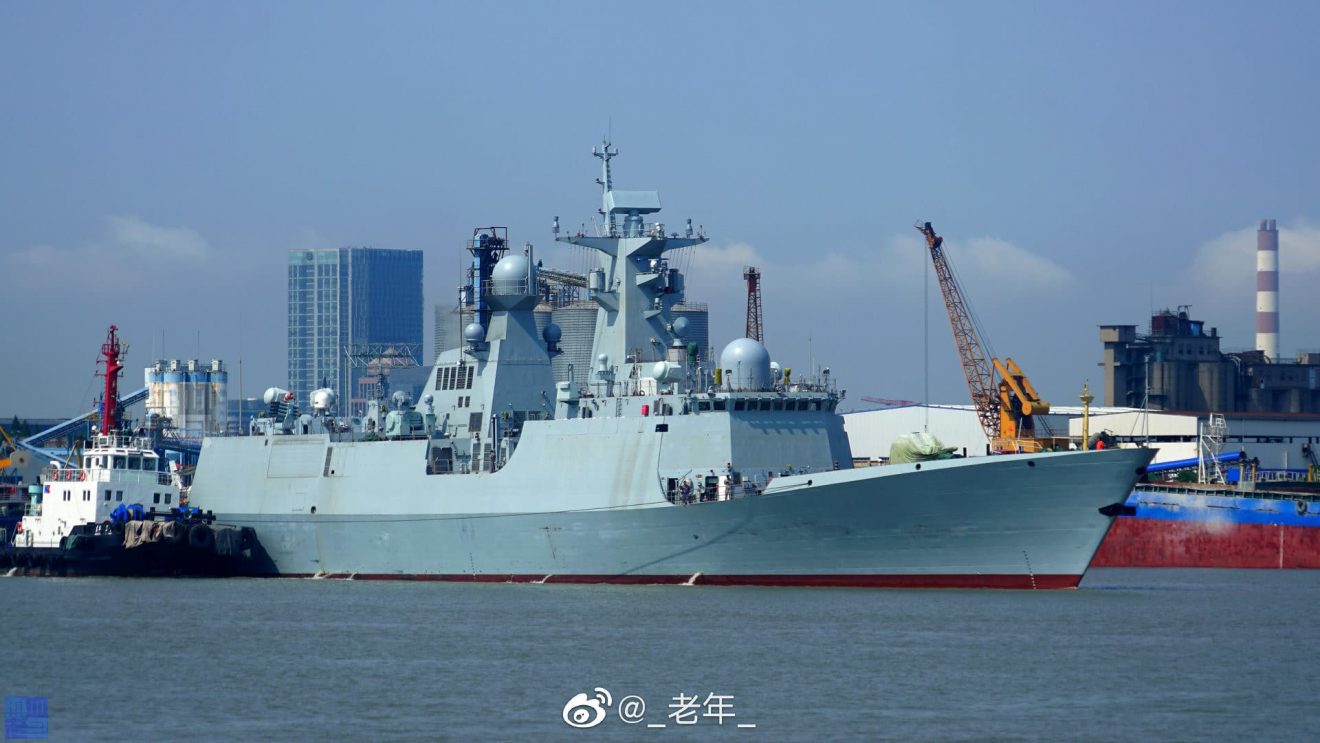A team of Chinese researchers funded by China’s People’s Liberation Army (PLA) recently claimed to have used artificial intelligence (AI) to design an electrical layout of a warship with 100 percent accuracy and at an unprecedented speed.
A team of researchers from the China Ship Design and Research Center, headed by Luo Wei, a senior engineer with the ship design center, published a paper in the Chinese-language journal Computer Integrated Manufacturing Systems on February 27.
The researchers claimed in the paper that their AI designer took only a day to complete work that humans would need nearly a year to achieve with the most advanced computer tools.
Considering the scale and complexity of modern warships, mistakes are sure to happen during the design process, and it can take several hours to discover and rectify them. However, when the researchers put the AI designer to the test, with more than 400 challenging tasks, they found that the AI could accomplish 100 percent accuracy.
According to the researchers, while there is still room for improvement, their AI designer was “ready for engineering applications” in China’s shipbuilding industry to increase the rate of warship manufacturing.

Luo’s team said that the Chinese military funded their AI designer project because the design process was the main area hindering the speed of production of warships rather than shipyard delays.
Chinese AI Compared To That Of Google
Luo’s team compared their AI designer to those developed by companies like Google to increase the speed of computer chip design. There were some critical differences between the two, according to the team.
Firstly, the team notes in the paper that there is no room for error in warship design, and the AI chip designer can make a few mistakes.
Furthermore, the team said that while an AI chip designer could produce many products, computing resources could be assigned to train it, and the company could still realize a profit margin.

Whereas their AI warship designer was only working on one vessel without the resources of a Big Tech company.
Also, unlike an AI system that learns and makes decisions independently without human intervention, the warship designer created by the team is a machine that operates with human guidance.
The AI designer starts by consulting a database of Chinese ship design knowledge and experience from past decades, and then it comes up with a design, which it checks against the database. According to Luo’s team, this approach significantly reduced the computing resources needed and eliminated errors.
The team also noted that the AI designer’s effectiveness had only been proven for the layout of electrical systems. However, it also carried out these design tasks much faster and more accurately than humans, and it could be used easily with a small computer system.
“Other countries may have developed similar systems, but they have not disclosed them publicly due to the military sensitivity,” the team added.
China Could Surpass The US
China already boasts the world’s largest navy numerically after overtaking the US Navy between 2015 and 2020. If the recent claims by Luo’s team are anything to go by, the US military planners have much to fear.
The US is already concerned about China’s expanding naval fleet and its capacity to produce warships at a very high pace.
The US Navy Secretary Carlos Del Toro told reporters in Washington last month that US naval shipyards cannot match the output of Chinese ones.
“They have 13 shipyards. In some cases, their shipyard has more capacity – one shipyard has more capacity than all of our shipyards combined. That presents a real threat,” Del Toro said.
China intends to build a fleet of more than 400 warships by 2025. The US naval fleet is currently under 300 ships, and the Pentagon aims to have 350 manned vessels by 2045, according to the US Navy’s Navigation Plan 2022 released last summer, which is still way behind China.

In January, a senior American naval expert, Sam Tangredi, a former US Navy captain and the Leidos Chair of Future Warfare Studies at the US Naval War College, warned that the US Navy might lose to China’s PLA Navy, which enjoys a substantial numerical advantage over the US, saying, “the side with the most ships almost always wins.”
In a January issue of the US Naval Institute’s (USNI’s) Proceedings magazine, Tangredi looked at 28 naval wars in history, going back to the Greco-Persian Wars of 500 BC, and found that superior technology defeated more significant numbers in only three instances.
“Using technological advantage as an indicator of quality, historical research on 28 naval wars (or wars with significant and protracted naval combat) indicates that the side won 25 with the larger fleet,” wrote Tangredi, while noting that in cases where fleet size was roughly equal, superior strategy and substantially better trained and motivated crews carried the day.
“Only three could be said to have been won by a smaller fleet with superior technology,” according to Tangredi’s findings.
On the issue of a potential future conflict with China, Tangredi says that a naval war against China in the western Pacific in this decade would see a smaller US Naval force against a gigantic PLA Navy, and that too in waters near China, inside the range of PLA’s air and rocket forces.
“US leaders must ask themselves to what extent they are willing to bet on technological—without numerical—superiority in that fight,” wrote Tangredi.
- Contact the author at tanmaykadam700@gmail.com
- Follow EurAsian Times on Google News




